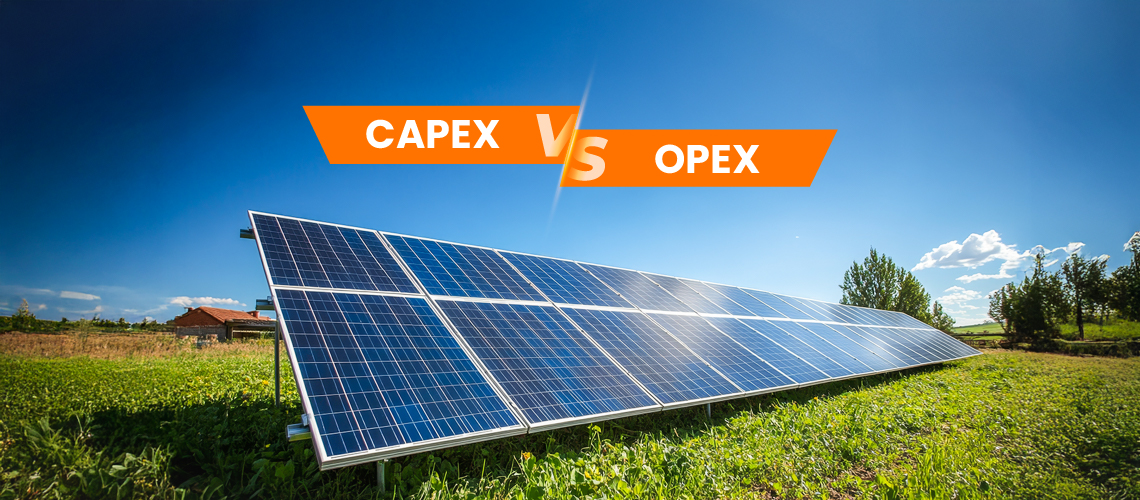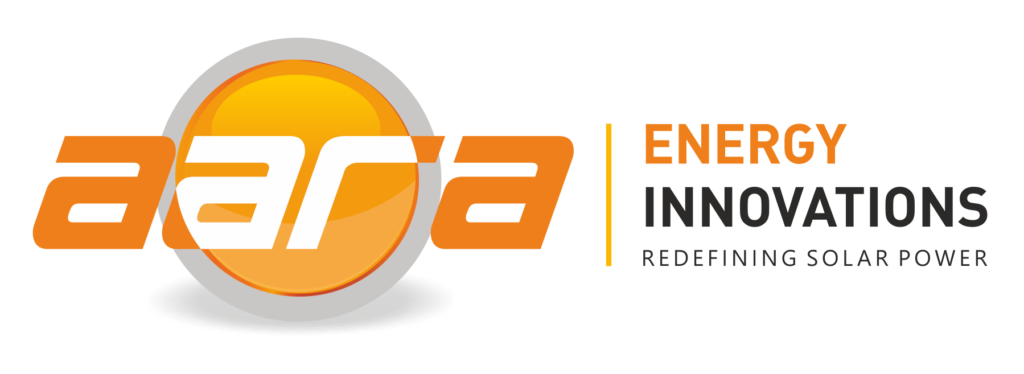CAPEX vs OPEX Solar: Differences, Benefits and How to Choose the Right Model

- September 8, 2025
Rahul Bhosale
Author -
Financing is often the biggest decision in an industrial solar project. The technology is proven, but the way you pay for it shapes cash flow, taxes, risk, and long term returns. Most businesses choose between capex solar and opex solar. Both are viable. Each solar model unlocks different advantages depending on your balance sheet, tariff, and growth plans. This guide explains how the two models work, what they cost and save, and how to pick the right path.
What is the CAPEX model
In capex solar, you purchase and own the plant. You fund the engineering, procurement, and construction, then capture all the power and the financial benefits over the asset life.
CAPEX pros and cons
Pros
- Lowest levelized cost over the life of the plant since you are not paying a premium to a developer.
- Tax benefits such as depreciation and potential input credits that improve effective returns.
- Full control on design choices, operations, and performance reporting.
- High IRR and short payback in strong tariff markets.
Cons
- Upfront cash outlay that may compete with core capex priorities.
- Performance responsibility sits with you unless you lock in a strong O and M contract.
- Accounting treatment puts the asset and any loan on your books.
What is the OPEX model
In opex solar, often called third party or PPA, a developer finances, builds, owns, and operates the plant. You buy power at an agreed tariff. You do not invest capital and you do not own the asset.
OPEX pros and cons
Pros
- Zero or low upfront cost, which preserves cash for core operations.
- Tariff certainty through a contracted per unit rate that hedges grid price volatility.
- No asset responsibility for construction risk, maintenance, or performance.
- Speed to start since funding and delivery are handled by the provider.
Cons
- Higher lifetime cost than capex solar, since developer margin and financing are priced into the tariff.
- Less control over design choices and upgrades.
- Long term commitment through a power purchase agreement that needs careful review.
- Accounting and procurement reviews may be more complex for group captive or multi entity setups.
CAPEX vs OPEX comparison table
|
Factor |
CAPEX Solar |
OPEX Solar |
|
Ownership |
You own the plant |
Provider owns the plant |
|
Upfront payment |
High |
Low to zero |
|
Per unit cost |
Lowest over life |
Higher than capex, fixed by PPA |
|
Payback |
Often 2 to 3 years in strong markets |
Effective 6 to 7 years of savings ramp, then ongoing |
|
Tax treatment |
Depreciation and credits accrue to you |
Accrue to provider, reflected in tariff |
|
Control |
Full control of specs and O and M vendor |
Limited control, SLA driven |
|
Risk |
Construction and performance risk with you unless guaranteed |
Shifted to provider through contract |
|
Balance sheet |
Asset on books |
Off balance sheet power expense in many cases |
This table is a general view. Always test with your tariff, load profile, and a clear performance model for the selected solar model.
Which solar model suits your business
Use these five questions to choose with confidence.
1. What is your cash position and hurdle rate
- If cash is available and your hurdle rate can be met, capex solar usually delivers the best long term value.
- If cash is tight or allocated elsewhere, opex solar lets you start without delay.
2. How important is tariff certainty vs absolute lowest cost
- If certainty and simplicity matter more than the absolute lowest long term cost, opex solar with a fixed tariff can help.
- If you want the lowest levelized cost across 25 years, capex solar is usually superior.
3. Who will manage performance and service
- If you prefer a single accountable partner that you select and manage, capex plus a strong O and M SLA works well.
- If you want the provider to own performance end to end, choose opex solar.
4. What does your roof and load profile allow
- For day time baseload on a suitable roof, capex is straightforward.
- If roof space is limited or you need more clean units than the roof can provide, pair rooftop with open access through an opex solar agreement.
5. What does finance need for reporting
- Capex puts an asset on the balance sheet.
- Opex treats energy as a period expense. Work with finance to align the solar model with your reporting needs.
A practical way to decide is to model both side by side using your last 12 months of bills and a realistic yield forecast. Look at cash flow by quarter, internal rate of return, sensitivity to a small change in tariff, and service terms that protect output.
Conclusion
Both capex solar and opex solar can lower energy cost and reduce Scope 2 emissions. The right choice depends on your capital plan, risk appetite, and the control you want over design and service. Start with your load, roof, and tariff, then ask providers for a decision ready comparison that includes lifecycle cost, service guarantees, and reporting. If you want help building a clear model and an execution plan, Aara Energy focuses on industrial projects and can map both options so you can pick the solar model that fits your business.
Related Blogs








